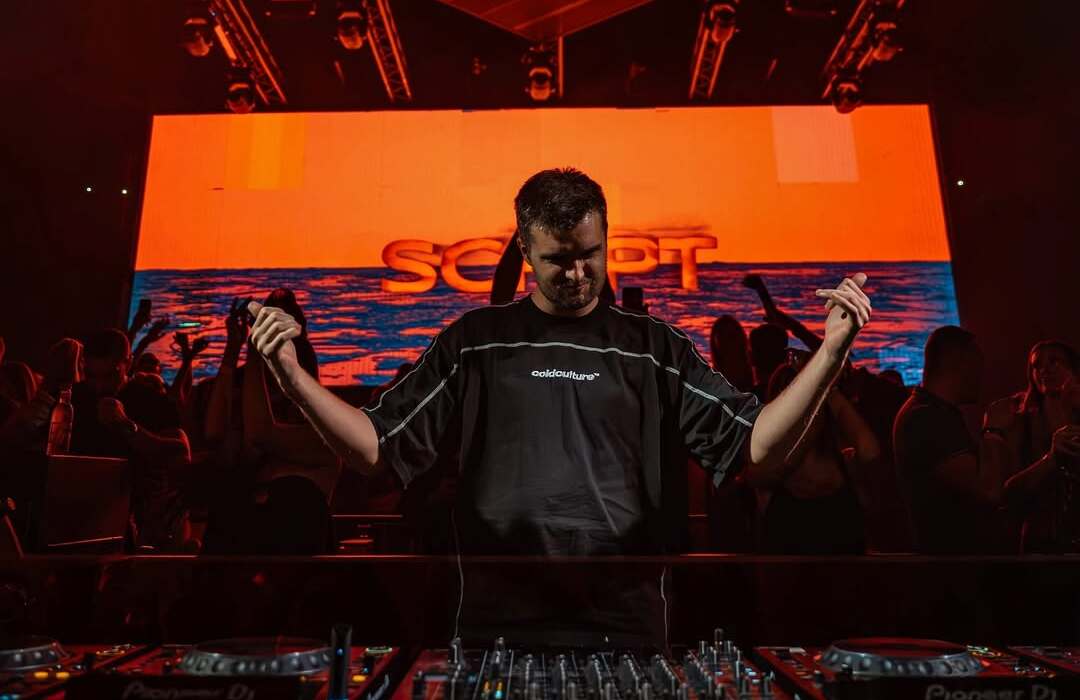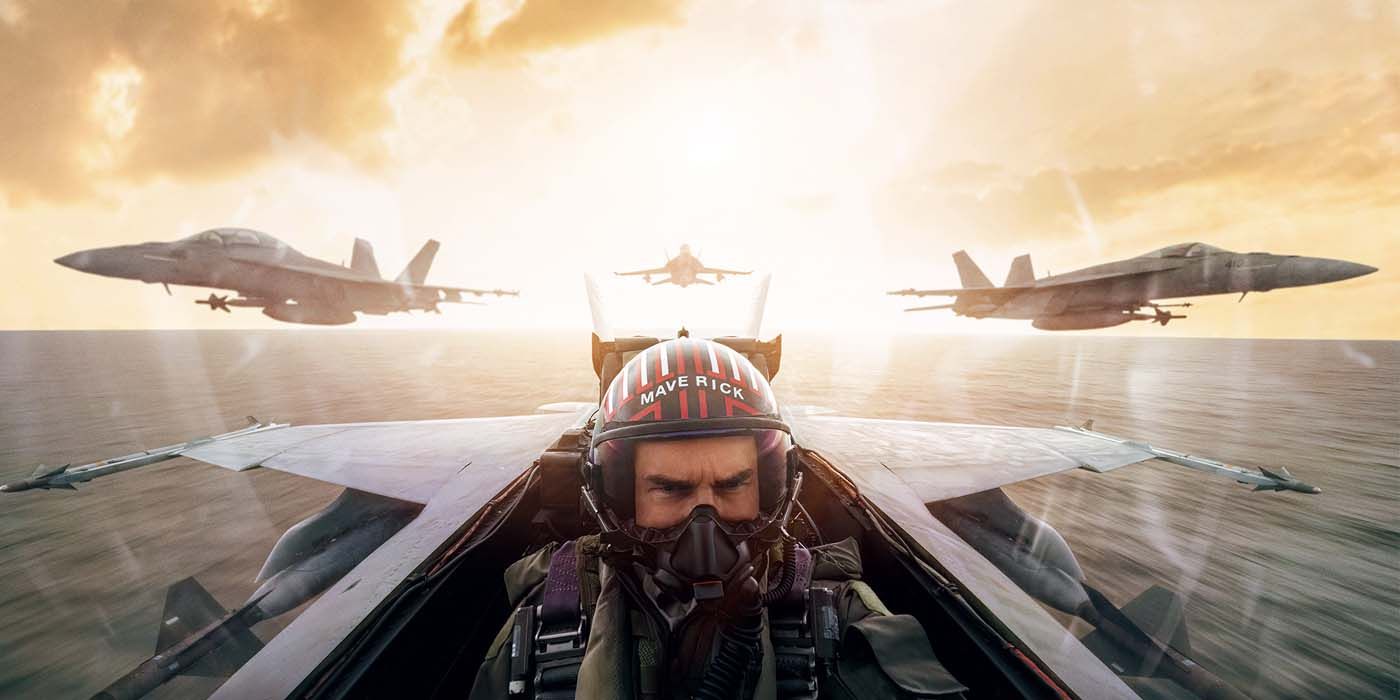One of the biggest hooks of Top Gun: Maverick's promotional campaign was tailored around the sentiment that "they don't make movies like this anymore." And to be fair, that is an accurate statement. Between its practical filmmaking style, its star-driven narrative and the lack of a day-in-date release, movies like Top Gun: Maverick are a rarity nowadays.
But with critics raving about it being the best summer blockbuster and the film receiving unanimous praise for its stunning visuals, should movies like this be so few and far between? The way that Top Gun: Maverick got made is a dying art form -- the film itself even references the end of an era for those like Tom Cruise. However, if it succeeds, it could be the catalyst for a new era of embracing thrilling practical filmmaking.
Early in Top Gun: Maverick, Ed Harris' Admiral Cain makes an extremely meta-comment by telling Maverick that his kind will soon be "extinct." It used to be that movie stars ran the Hollywood machine, and practical effects were the only way movies were made. But with the rise of studio dependence on IP and the audience's desire for more sci-fi fare, it makes sense that movie stars died out while CGI became the norm.
However, despite the industry trends, Top Gun: Maverick may be the biggest opening of Cruise's career. It could be thanks to the name recognition of both the actor and the property, but there may be a third big draw. In nearly every bit of marketing, from the trailers to the posters, there is mention of the iconic visuals captured in the movie. Every young star in the film also talks in interviews about the Cruise boot camp they went through in order for the film to get made practically. And that promise of something different and riveting could be what put so many butts in seats over Memorial Day weekend.
If Top Gun: Maverick can have long legs at the box office and garner a diverse audience, it may show studios that taste clusters have changed. Regardless of their box office numbers, there's no denying that recent superhero projects have gotten far more scrutiny ever since the Marvel Cinematic Universe's Infinity Saga wrapped up. And if that trend continues, it isn't far off until that sentiment gets reflected in box office numbers.
Despite shooting nearly 800 hours of footage and using real F-18s for their action sequences, Top Gun: Maverick only cost $150 million to make. Now, that is still a large number, but when compared to Spider-Man: No Way Home and Doctor Strange in the Multiverse of Madness' $200 million, that's a big difference in a studio's return on investment. And while fans want to believe that a studio head's priority is telling a good story, the truth is that money is the key.
Every now and then, there are films like Mad Max: Fury Road or the John Wick franchise that capture audiences' attention and make them want more movies that feel real. They want to feel breathless after each punch and feel the heat from every explosion. In a world where everything can get done digitally, audiences want to ask themselves: "How did they do that?" Well, if Top Gun: Maverick ignites a fire in audiences and racks up enough dollars, it could signal the resurgence of thrilling practical filmmaking.
To see how Cruise and Co.'s big hit, Top Gun: Maverick is in theaters now.




